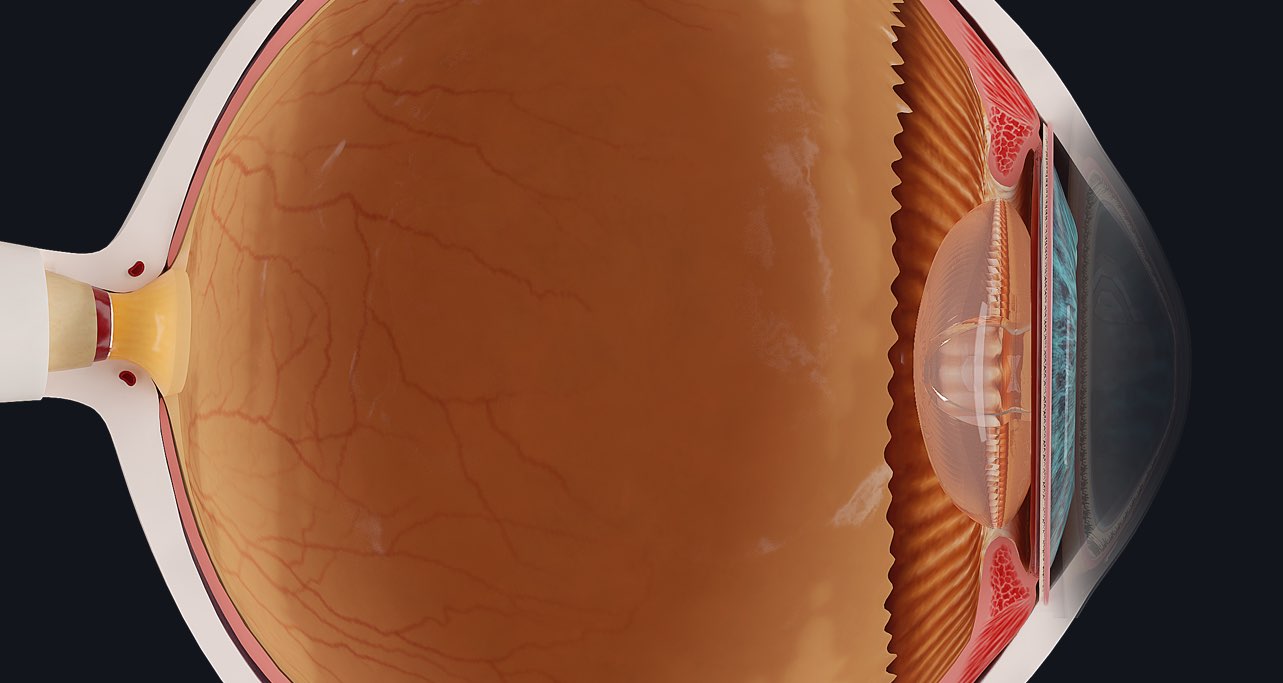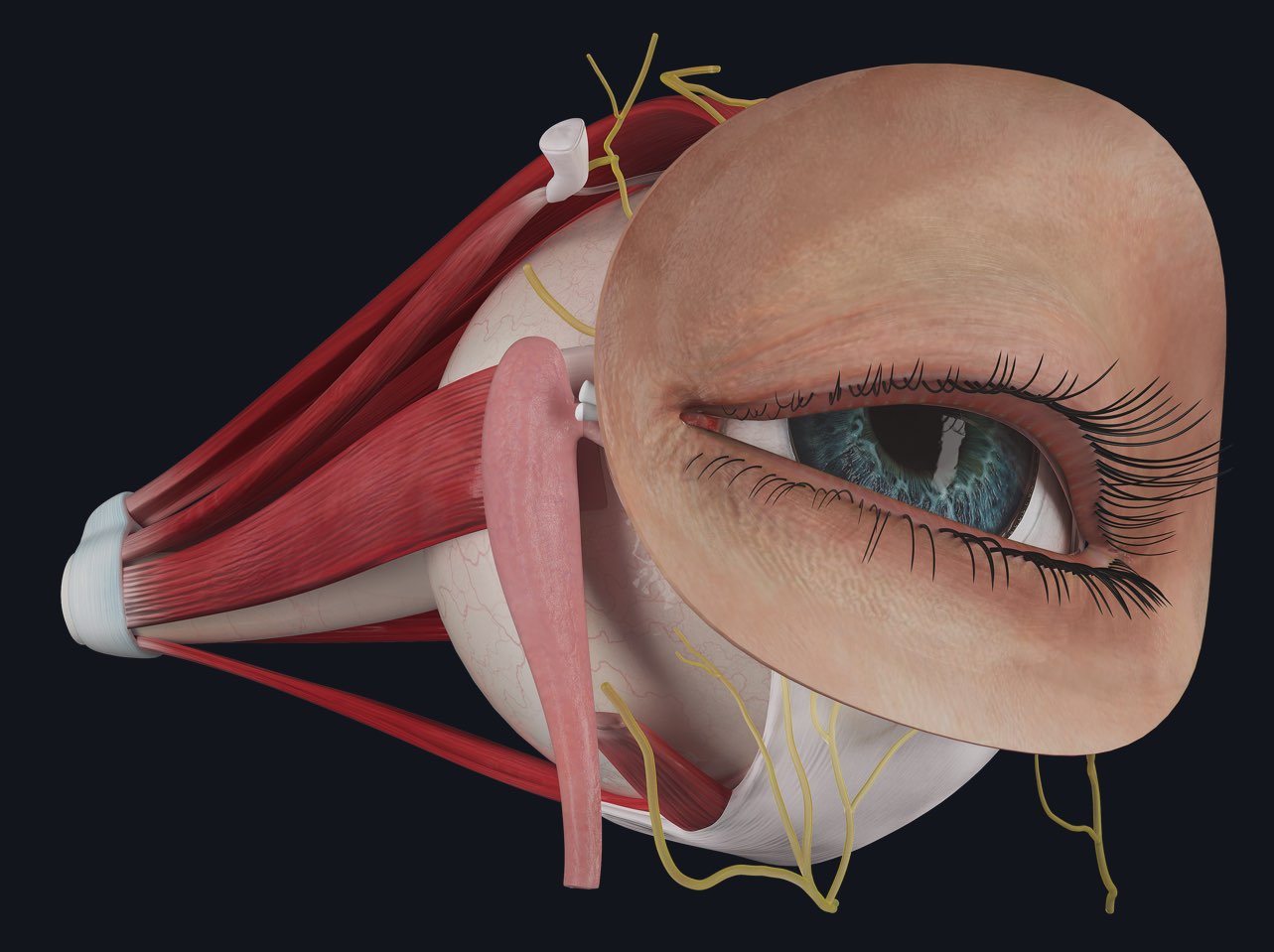
If you find yourself squinting in order to see objects far away in the distance, this is possibly a refractive error in your eyes. Refractive errors are surprisingly common, affecting a considerable amount of the population, so let’s take a closer look. ?
A refractive error is an eye disorder which results in the inability of the eye to clearly focus on objects, resulting in blurry vision.
The eye is made up of 3 main optical elements which enable light travelling in from the external environment to focus sharply on the retina. These include the cornea, the lens and the length of the eyeball.
In individuals without refractive errors, the lens is elastic and alters its shape to increase its power, bringing visible objects into focus, whether they are distant or near. This process is called accomodation. When the delicate mechanics of the eye’s optical elements fall out of balance, this leads to refractive error, also known as ametropia.

The common types of ametropia include:
- Short-sightedness (myopia): Here the patient is unable to bring distant objects into focus and hence they appear blurred. Objects closeby are unaffected however, and can be seen clearly
- Long sightedness (hyperopia): The opposite is the case here; the patient is unable to bring into focus objects which are nearby, yet they can see distant objects quite clearly.
- Astigmatism: This is a condition where the cornea and/or the lens of the eye is irregularly shaped. It can cause light rays at different planes (vertical, horizontal or oblique) to focus on different points, which can lead to discomfort and headaches.
- Presbyopia: This results in total or partial loss of the elasticity of the lens, preventing the lens from changing its shape to bring objects into focus. This commonly occurs as a result of ageing.
Refractive errors are diagnosed by visual acuity and refraction screening tests which are usually accompanied by a comprehensive clinical examination of the eye. Check out our previous snippet on fundoscopy!
It is important to have your eyes checked at least once every two years to detect any visual abnormalities, many of which are treatable if detected early enough. ?
The complex anatomy of the human eye has never been easier to learn with Complete Anatomy’s advanced 3D eye model. See what the future of anatomy learning holds today. Try it for FREE
